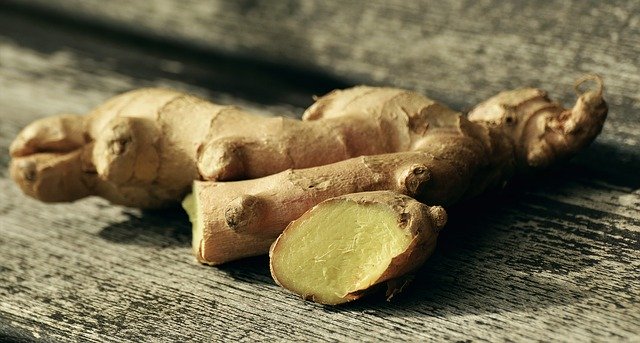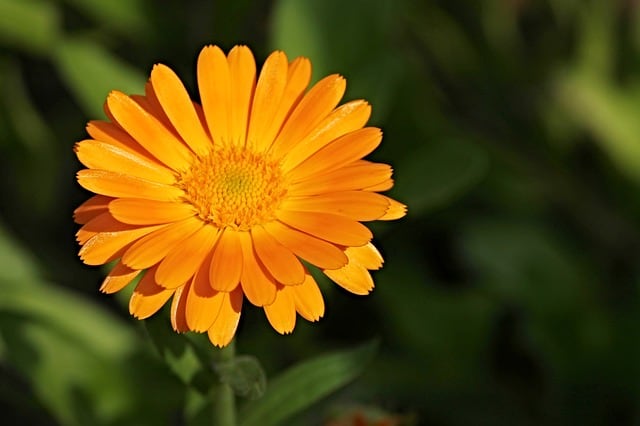While previous Pelvic Floor post was all about the physical and energetic properties of the pelvic bowl and the benefits of pelvic floor therapy, today’s post is all about how to work with plant medicine to heal our pelvic bowls!
One of the most common problems of the pelvic area is pelvic congestion, usually caused by poor blood and lymph flow. Pelvic stagnation can create a host of unwanted symptoms, including:
- A sensation of fullness or heaviness in the pelvis
- Chronic pelvic pain or aching
- Painful menstrual periods
- Irregular menses
- Varicosities
- Hemorrhoids
- Constipation
- Incomplete bowel evacuation
- Difficult or frequent urination
- Chronic vaginal or urinary infections
This is where our botanical allies can really shine! Pelvic circulatory stimulants and lymphagogues can help us move the stagnant energy within our roots. Physiologically-speaking, herbs that increase blood and lymph flow are going to move physical stagnation, promoting delivery of oxygen and nutrients to tissues and removing cellular waste products. In a psychospiritual sense, these herbs can help break up any stuck energy that has walled itself off, including stuck traumas and grief.
These plants are key when it comes to decongesting the pelvis and alleviating stagnation:
Ginger (Zingiber officinale)

Ginger is a highly pungent, warming, and stimulating plant. It does a fantastic job at increasing circulation. While it does promote blood flow to the periphery, it also draws energy down into the root and the muscles of the pelvic floor. Ginger is also a great herb to work with acutely if you suffer from menstrual cramps.
Calendula (Calendula officinalis)

Calendula: nature’s herbal sunshine! It’s one of my favorite plants. Just glancing at her bright yellow-orange flowers will make you smile and lift your mood!
Like Ginger, Calendula is warming and stimulating, yet Calendula’s influence is much deeper (and subtle) than the stimulating peripheral effects of Ginger. It warms the internal abdominal and pelvic organs and gently promotes circulation.
As a lymphagogue, Calendula encourages healthy lymph flow. It’s warming and stimulating properties are best for cold and damp stagnation tissue states, especially in the pelvic region, making it a useful plant to work with in cases of amenorrhea (lack of menses) and dysmenorrhea (painful menses) due to pelvic stagnation. Chronic vaginal and urinary infections also seem to benefit from the healing attributes of this plant.
Not only does Calendula help resolve physical stagnation, but it can lift us out of emotional stagnation as well—enlightening our awareness and revitalizing our mood.
A pearl of wisdom from the Calendula plant: Are your pelvic symptoms worse in cold, damp weather? This could indicate that your symptoms are rooted in the cold and damp tissue states. Calendula would likely be a good ally!
Red Root (Ceanothus americanus)
Red Root is a lymphagogue that acts on all lymphatic channels, including those that run through the pelvis. I like to remember its pelvic uses by its common name “Red Root”—I relate it to the root chakra and its corresponding red color.
Like Calendula, Red Root is indicated for damp stagnation tissue states and can help resolve depression, lethargy, and lack of drive due to emotional stagnation. Since our root is a powerful source of creativity, Red Root breaks up creative blocks and inspires our imagination by moving stagnant energy through the root of our being.
Ocotillo bark (Fouquieria splendens)
When I first started on my herbalism journey, I wasn’t very familiar with Ocotillo bark. It wasn’t until I started learning more about chronic pelvic conditions that I became acquainted with this beautiful desert plant.
Ocotillo bark is a remarkable pelvic lymphagogue, helping to relieve pelvic congestion due to both lymphatic and venous stagnation. It works really well as a synergist in formulas geared towards pelvic conditions. Eric Yarnell, ND, RH(AHG), says that a formula containing only 5 to 10 drops three times daily is needed for its synergistic effects.
Ocotillo bark works well with the smooth-muscle-relaxing properties of Silk Tassel (Garrya fremontii) in cases of pelvic pain and menstrual cramps. Be careful though, as Silk Tassel is considered a low-dose herb due to its anticholinergic effects. Work with it sparingly and only for a short while.
On the emotional level, Ocotillo bark is a remedy for the heart and reconnects the heart space to the pelvic root.
Nurturing the Heart-Womb Connection
Energy stagnates in our pelvis when there is a blockage—a disconnect—between our root and our heart space. Trauma or grief often disrupt our connection to our root, stagnating the vital energy that enlivens our womb.
As our creative center, the feminine womb has a direct energetic connection to our heart. Our heart serves to align us with our higher purpose, our visions and dreams, and the work we do in this world that benefits the greater good. Our creative pursuits are intended to be nourished by the wisdom of our heart, but if there is a disconnect between our heart and the womb—the root of our being and source of our creative power—then psychospiritual discord can arise: melancholy, apathy, fatigue, lack of enthusiasm for life, not feeling like you’re following your passions or living the life you want to live.
Working with plant remedies that can heal the grief and trauma within our hearts (and our wombs) can help restore this vital connection.
Rose: The Ultimate Heart Medicine

Plants from the Rose family (Rosaceae) all have an affinity for the heart, but none quite like the Venusian, beautiful red Rose. The Rose has been associated with love, beauty, and the poetic heart for centuries.
Rose calms tension in the body by way of releasing stored tension and grief in the heart. She is a healer of emotional disturbances and realigns you to the truth of your being, reconnecting you to your heart space and your intuitive wisdom.
Her flowers are elegant and incredibly beautiful, but her stems are filled with thorns. While her beauty and lovely fragrance will nourish your heart, her thorns provide protection and clear boundaries about what is and isn’t allowed to enter her sacred space.
Rose encourages self-love and self-compassion, inviting you to work with her in your self-care rituals. Take baths with rose petals, drink rosebud tea, partake in rose pelvic steams, or sweeten your day with rose petal honey.
Heart-Womb Meditation for Reconnecting to Your Pelvic Bowl
And lastly, here is a meditation you can practice to help heal the connection between your womb and your heart:
- Sit upright or lie down in a comfortable position.
- Close your eyes and place one hand on your lower belly and the other hand over your heart.
- Breathe deeply. Feel your breath move down past your heart and into your root. Feel the warmth of your hands as they remain in contact with your body.
- Now imagine that a thread is moving from your heart to your womb in a clockwise (or counterclockwise) direction. The thread creates a bright circle as it moves from your heart to your womb and back again.
- Keep imagining this circle of light connecting your heart and your womb, enlivening them with vital energy, love, and compassion.
- After several minutes, or whatever amount of time feels right to you, release the thread of energy. Keeping your hands on your heart and your womb, offer yourself tender words of compassion and understanding. “I love and accept myself as I am.”
- Release your hands, breathe deep, open your eyes, and remember that you are loved.



